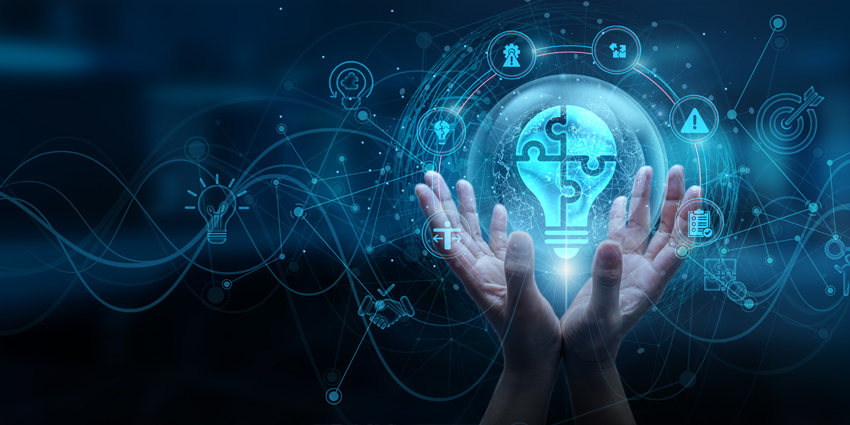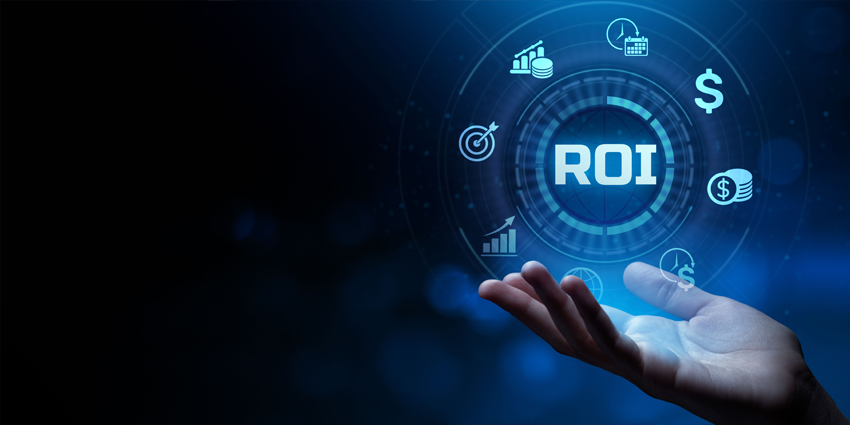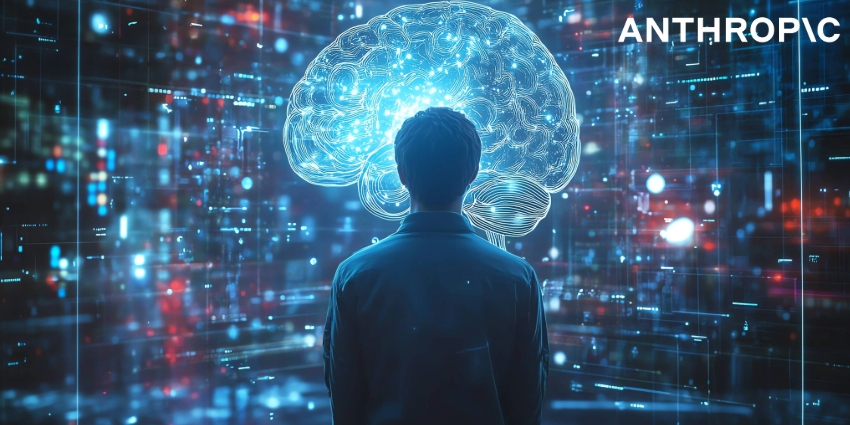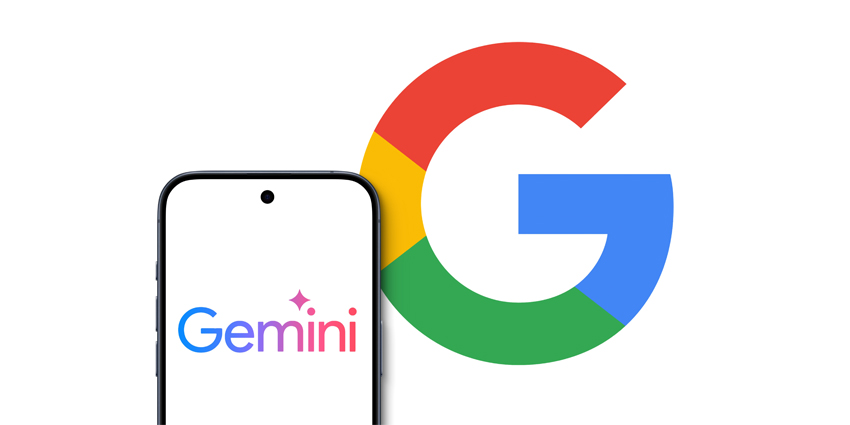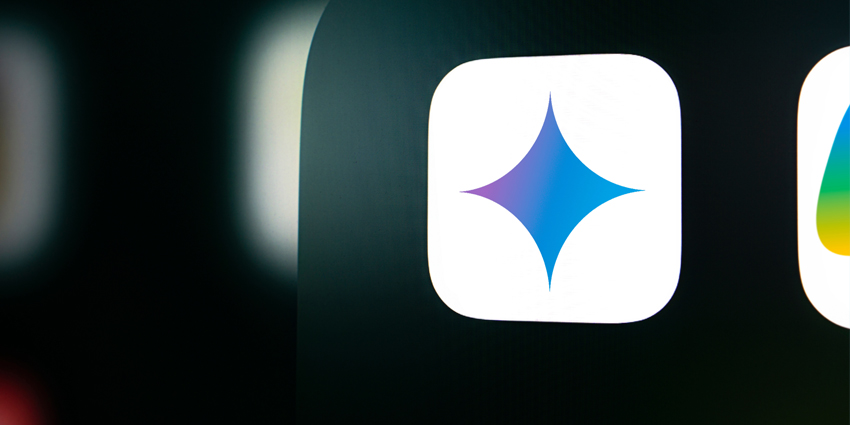Anthropic AI vs. OpenAI, Microsoft Copilot, or Google Gemini – which enterprise AI solution is really best for your organization? There’s no easy answer. All of the leading AI companies offer various models and tools that appeal to companies exploring endless use cases.
Solutions like OpenAI’s ChatGPT are fantastic for companies looking for a general-purpose solution for content creation, customer service tasks, or research. Options like Google Gemini and Microsoft Copilot are brilliant for organizations hoping to embed intelligence into everyday workflows, using them for meetings, research, or content summarization.
But Anthropic stands out for one core reason: its focus on responsible AI. With its constitutional AI framework, Anthropic is hard to beat for enterprises investing in safe, secure, and ethical AI tools.
- Check out our complete guide to Anthropic AI here, or discover how to implement Anthropic AI tools into your business, with this step-by-step deployment guide.
So, how do you decide which vendor to work with?
Anthropic AI vs OpenAI and Beyond: What to Consider
These days, the question isn’t just “Anthropic AI vs OpenAI: Which is best?” There are dozens of AI companies introducing solutions for enterprises, from well-known innovators like Microsoft and Google to open-source creators and niche players. When sorting through your options, a few key factors to consider include:
- Features: Different AI solutions tackle different use cases. For instance, Anthropic’s Claude is great for text-based content creation and data analysis, but it can’t create images like OpenAI’s ChatGPT, and some Claude models don’t have real-time internet access.
- Accuracy: Evaluate the precision of outputs. In tests, Claude 3.7’s extended thinking mode demonstrated nuanced creativity, producing thoughtful content, though it occasionally had issues with certain logical tasks.
- Ease of Use and Customization: Consider user interface and accessibility. Tools like Claude are easy to use and can be integrated with various platforms through APIs. However, Anthropic doesn’t have the same AI design tools as Microsoft, OpenAI, and Google.
- Cost: Think about pricing structures. Most AI vendors offer access to plans, and usage-based pricing for APIs. However, certain pricing tiers, like “Claude Enterprise” might require you to reach out to a team for a quote.
- Daa Privacy and Compliance: Anthropic AI’s “Claude” definitely has an edge from a safety and ethical perspective, with constitutional AI guardrails, advanced controls for enterprise users, and a strong focus on bias mitigation.
Anthropic AI vs The Competitors
While there are dozens of AI solutions for enterprises to choose from, the majority of businesses tend to focus on a few heavy hitters: OpenAI, Google, and Microsoft. Here’s a closer look at how Anthropic AI compares to the major leaders in the AI landscape.
Anthropic AI vs. OpenAI
Anthropic AI was actually created (in part) by professionals who left OpenAI, believing the company wasn’t focused enough on designing ethical models. In the Anthropic AI vs OpenAI debate, both companies take a similar approach to designing AI solutions, offering users access to various models.
For instance, Anthropic has Claude 3.7 Sonnet, with its advanced “hybrid reasoning” features, while OpenAI has an alternative deep reasoning model (GPT-o1).
Both companies also offer access to standard plans for accessing their flagship models and have a free plan for beginners. They also each give companies flexible APIs they can use to embed intelligent capabilities into existing tools.
On a broad scale, OpenAI’s solutions are more versatile than those offered by Anthropic. OpenAI GPTs can create code, text, images, and videos (thanks to Sora), whereas Claude can only produce text. Additionally, most OpenAI models (except for o1), can access the internet in real-time, whereas Claude relies on historical training.
Claude does have an edge over OpenAI’s models in some areas though. For instance, it offers a larger context window of up to 200,000 tokens (compared to GPT-4o’s 128k). Plus, Anthropic’s tools are more ethical and responsible than those offered by OpenAI, although both companies give users more control over security and privacy on higher-tier plans.
OpenAI is also a little more flexible, allowing companies to create custom GPTs, though Anthropic does allow users to integrate their Claude models with various business tools.
Anthropic AI vs. Google Gemini
While you might focus on the Anthropic AI vs. OpenAI debate if you’re looking for general-purpose intelligence tools, solutions like Google Gemini might appeal to companies looking for solutions that integrate natively with their existing apps.
Like Anthropic, Google gives companies access to various different models through Gemini, designed with a focus on speed, overall accuracy, or reasoning. Users can also access APIs and specific plans for things like Gemini in Google Workspace.
Where Gemini really has an edge over Anthropic in its deep integrations with existing Google tools, like Workspace Docs, Google Meet, and Google Sheets. Google also has excellent multilingual support and multimodal capabilities, allowing it to process and generate images and videos. This might make it more appealing to companies using AI for creative tasks.
Plus, Google allows companies to more effectively customize AI models, with solutions like Vertex AI. The organization is even experimenting with tools that allow users to create agentic AI systems, leveraging Google Gemini 2.0 models.
However, Anthropic still beats Google’s Gemini solutions with its expanded context window – allowing it to process more data in a conversation. It has stronger guardrails and constitutional AI frameworks for governance-focused companies, and Anthropic also offers companies some great collaboration tools, like Anthropic Projects.
Anthropic’s APIs can also be a little cheaper to access than some of Google’s more advanced solutions, making it potentially more attractive to budget-conscious organizations.
Anthropic AI vs. Microsoft Copilot
If you’re searching for an AI solution to enhance your existing workflows, and you’re not a Google user, Microsoft and its copilot ecosystem might be the answer. Like Google’s Gemini tools, Microsoft’s Copilot system, and Azure AI and other solutions, integrate seamlessly with Microsoft’s existing applications, from Teams to Microsoft Word.
Microsoft also allows users to experiment with different models, such as GPT-4o from OpenAI, and GPT-o1 for advanced reasoning. Although Microsoft doesn’t have a lot of proprietary models to choose from yet. Microsoft’s AI tools are ideal for collaborative teams.
They can help organizations rapidly summarize and translate or transcribe meetings, identify tasks and action items, create and edit content, and more. Plus, because they leverage OpenAI technology, they support multimodal content generation (unlike Anthropic’s Claude).
Notably, though, Claude can still integrate with business workflows, connecting to solutions like GitHub and Google Docs, as well as CRM systems. They also benefit from the advanced guardrails and security features prioritized by Anthropic, though Microsoft has its own approach to responsible AI. Like Google, Microsoft does offer companies more ways to customize models, with solutions like Copilot Studio – and it’s investing in agentic AI solutions, unlike Anthropic.
Anthropic AI vs Open AI and Competitors: Which is Best?
Ultimately, choosing the right AI solution is all about assessing your organization’s priorities and workflows. Although Anthropic AI falls behind some other solutions in certain areas, it could be the ideal option for companies focusing on:
- Safety & Ethics First: If your organization prioritizes AI safety, bias mitigation, and responsible AI governance, Claude’s Constitutional AI framework ensures greater alignment with ethical standards.
- Massive Context Windows: Claude 3.5 offers up to 200K tokens for teams and 1 million tokens for select enterprise clients, making it the best choice for analyzing long documents, massive codebases, or multi-step workflows.
- Research & Compliance Needs: Claude is designed for enterprises with strict data privacy and AI governance requirements. If your industry requires high interpretability (e.g., finance, healthcare, legal), Anthropic’s focus on AI safety and risk mitigation provides an extra layer of assurance.
- API-First Flexibility: Claude’s integration-friendly API allows businesses to embed it into custom applications, chatbots, or enterprise data systems, making it ideal for companies with unique AI needs.
- Intuitive Collaboration tools: Access to solutions like Anthropic Projects makes it easy for companies to collaborate on AI-based tasks.
When to Choose a Competitor
On the other hand, you might want to consider a competitor to Anthropic if you’re looking for:
- Broad AI Adoption & Creative Tasks: Competing tools from OpenAI, Microsoft, and Google offer more versatility. Their ability to create different forms of content, like videos, images, and graphs, could make them more attractive to some tools.
- Real–time internet access: Claude can’t access the internet in real-time, although it can consume a lot of proprietary data. If you want a system that can immediately access the web, then OpenAI, Google, or Microsoft might be a better choice.
- Customization options: Google, Microsoft, and OpenAI’s tools integrate with more systems natively, and offer access to more customization options. For instance, you can create custom GPTs with OpenAI, or design unique bots with Vertex AI, or Microsoft Copilot Studio.
Anthropic AI vs OpenAI and Beyond: Final Verdict
No single AI solution is perfect for every business. Many enterprises use a mix of models to optimize performance across different workflows. However, Anthropic AI offers a distinct advantage for organizations that prioritize AI safety, long-context reasoning, and compliance.
Alternatively, if your business needs real-time web access, multilingual capabilities, or advanced customization options, competitors like OpenAI, Google Gemini, and Microsoft Copilot might be better fits. Ready to learn more about Anthropic AI?




